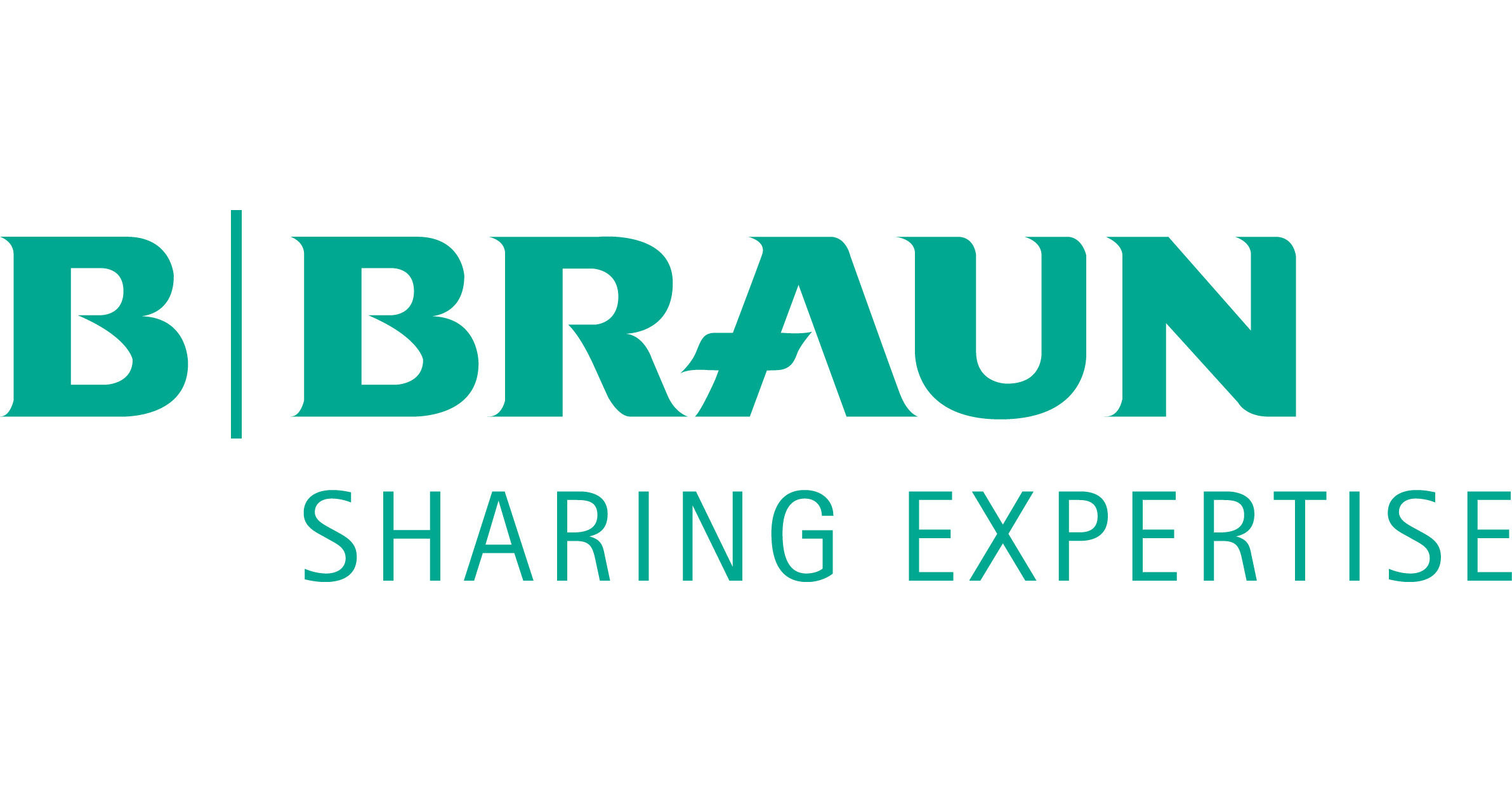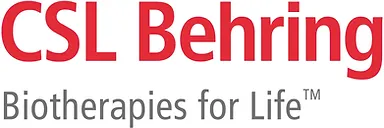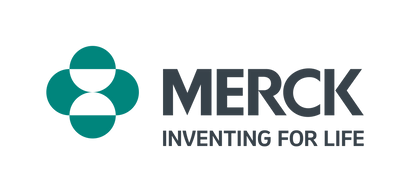Our Influence
The Voice for Pennsylvania’s Life Sciences
Through advocacy work in Harrisburg and Washington, D.C., and throughout the Commonwealth, Life Sciences PA conducts programs, provides leadership and advocates for life science companies across Pennsylvania that are critical to improving patient care, improving health globally, and to the economic growth of our Commonwealth.
Life Sciences PA identifies opportunities to bring together the various stakeholders in our community to work cooperatively with industry to develop a shared vision, a set of goals, and recommendations for strategies that will support and enhance the total “ecosystem” of the life sciences in Pennsylvania.
Pennsylvania Facts & Figures
Here are a few quick facts and figures about the Commonwealth of Pennsylvania.
Life Sciences Business Establishments
Billion dollars of direct annual economic impact
Research & development-based companies were formed since 2008
Billion dollars in venture capital funding, ranking #3 in the U.S.
Even More Facts
- Direct employment statewide in life sciences companies is 102,000 with $18.4 billion in wages.
- More than $2 billion in NIH funding for Pennsylvania research projects.
- Pennsylvania is home to 2 of the top 5 NIH funded institutions in the country.
- From 2018 – 2021, the number of clinical trials increased by 50% with more than 1,200 clinical trials in 2021.
- 20,564 patents were created from 2016 – 2020, ranking us at #5 in the nation.
Leading the Charge for Pennsylvania’s Life Sciences
Advocacy Updates
Be the first to know the latest in advocacy news from LSPA!
Join the LSPA Network
Join more than 870 companies across the country and get the latest updates from LSPA!
Get Involved in Advocacy



Political Action Committee (PAC)
To contribute to the Political Action Committee, contact Kurt Imhof, Senior VP, Policy & Public Affairs.
Get Updates
from LSPA
Stay up-to-date on the latest news and events from Life Sciences PA, insights from the life sciences industry, and so much more!

Life Sciences Pennsylvania was founded in 1989 by a biotech scientist at Penn State University. Today it has grown to represent the entire life sciences industry – medical device companies, pharmaceutical companies, investment organizations, research institutions, and myriad service industries that support the life sciences in Pennsylvania.

















